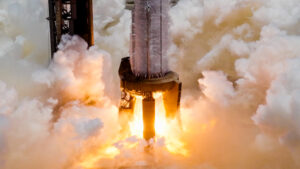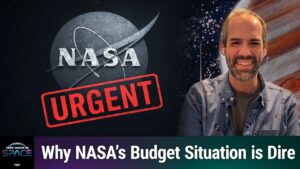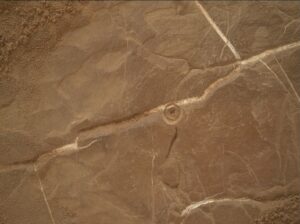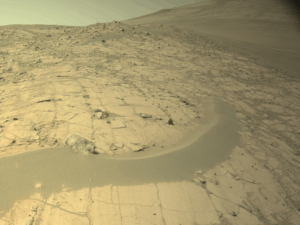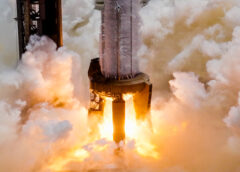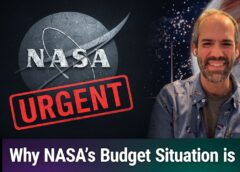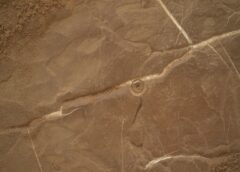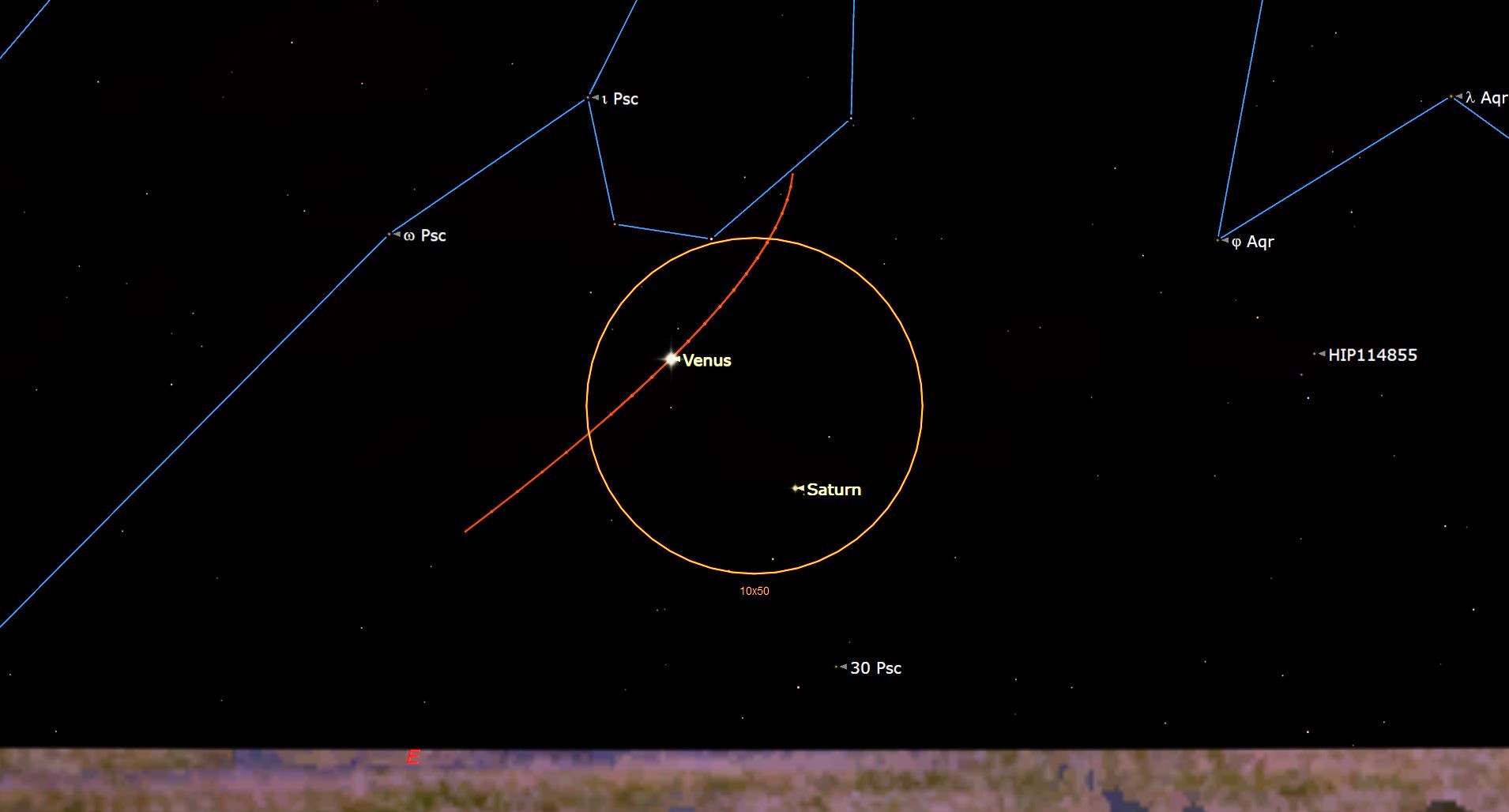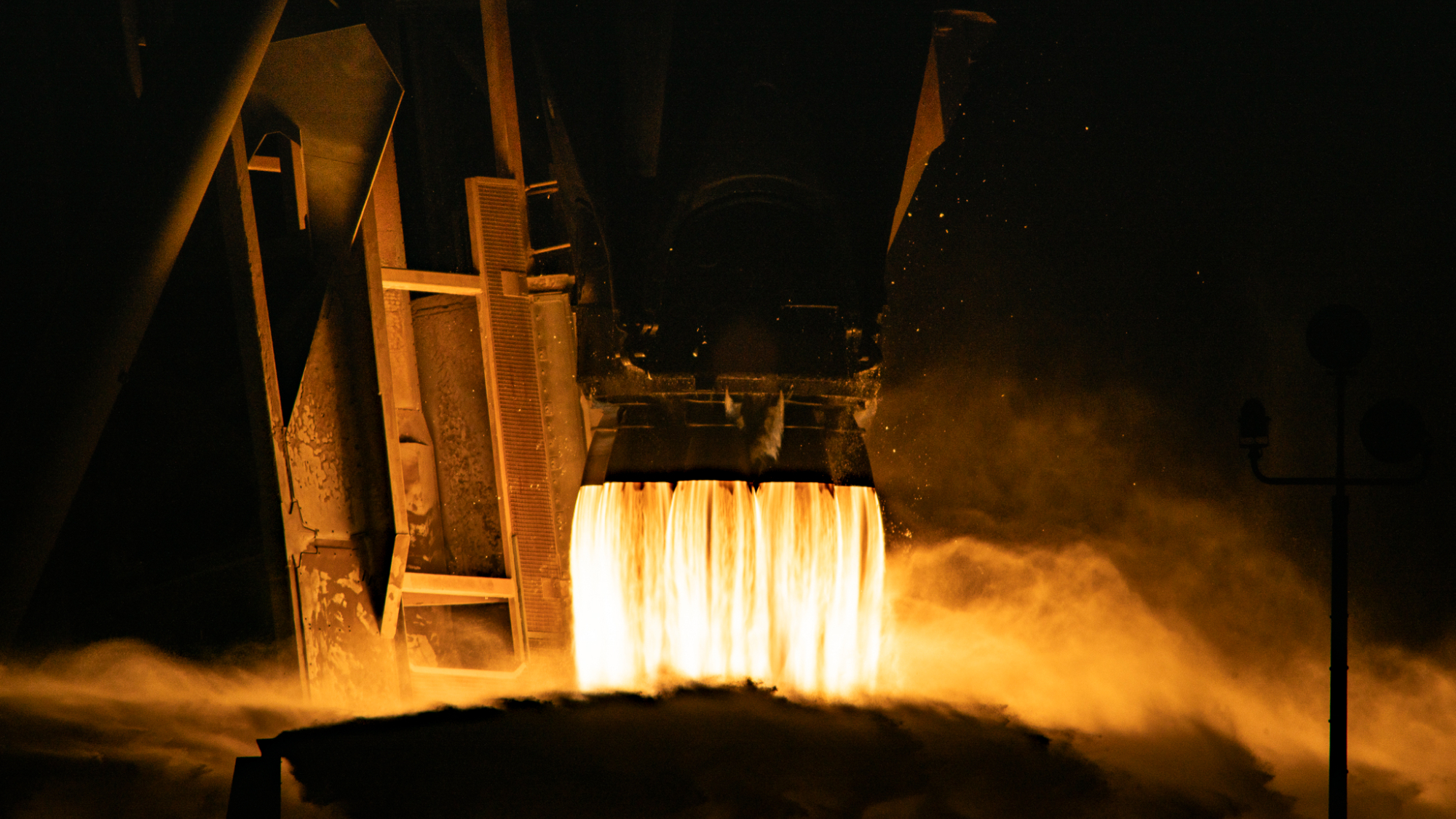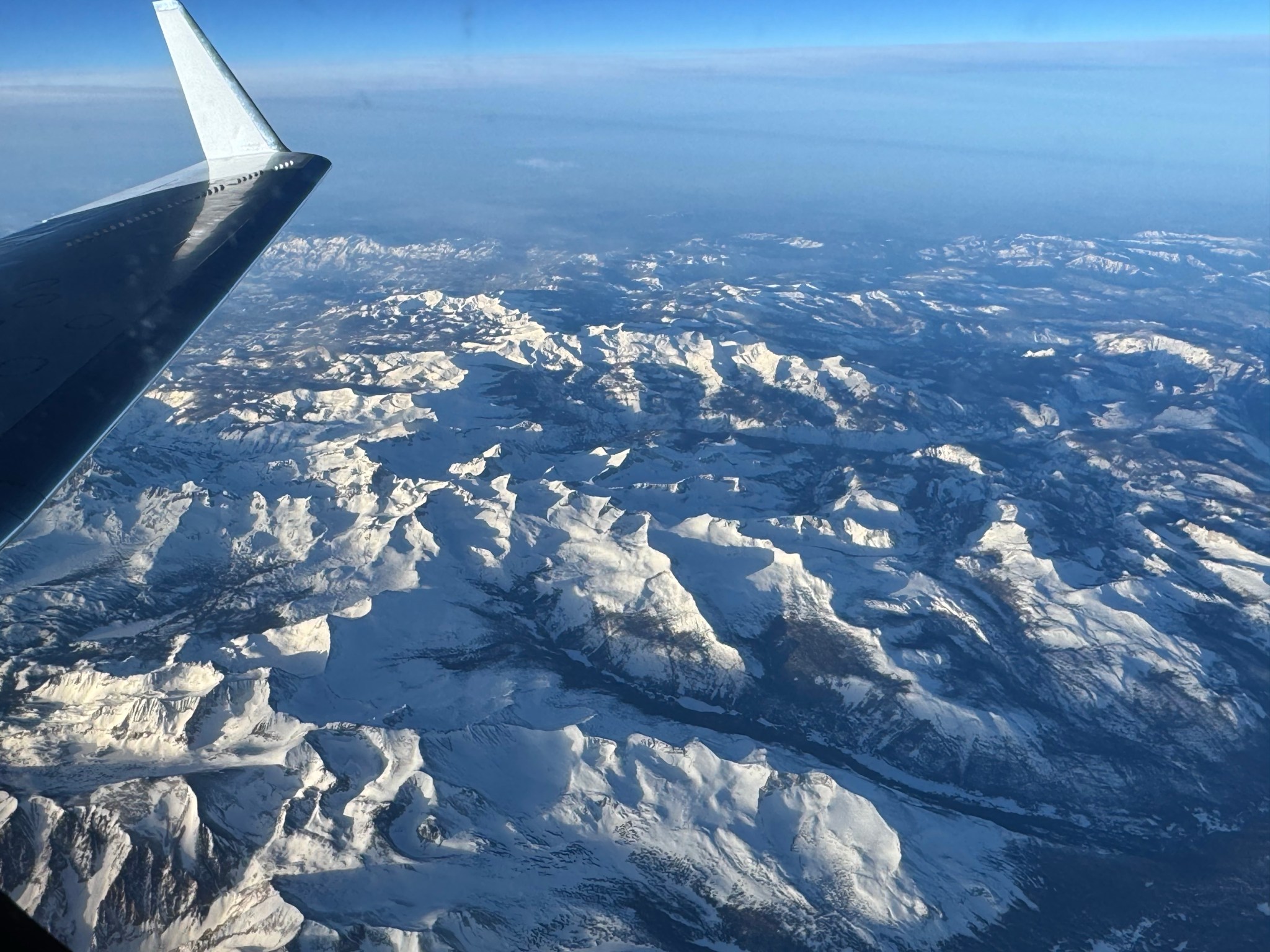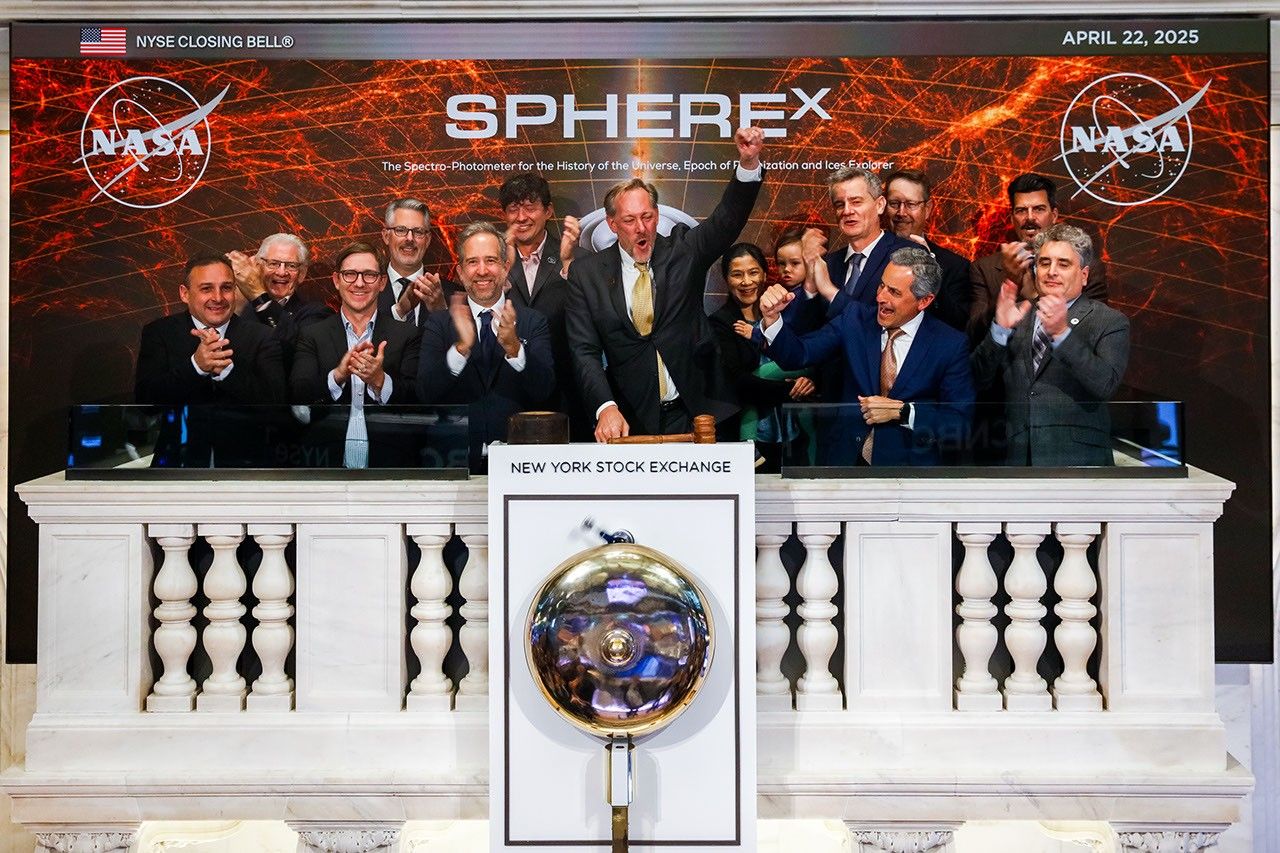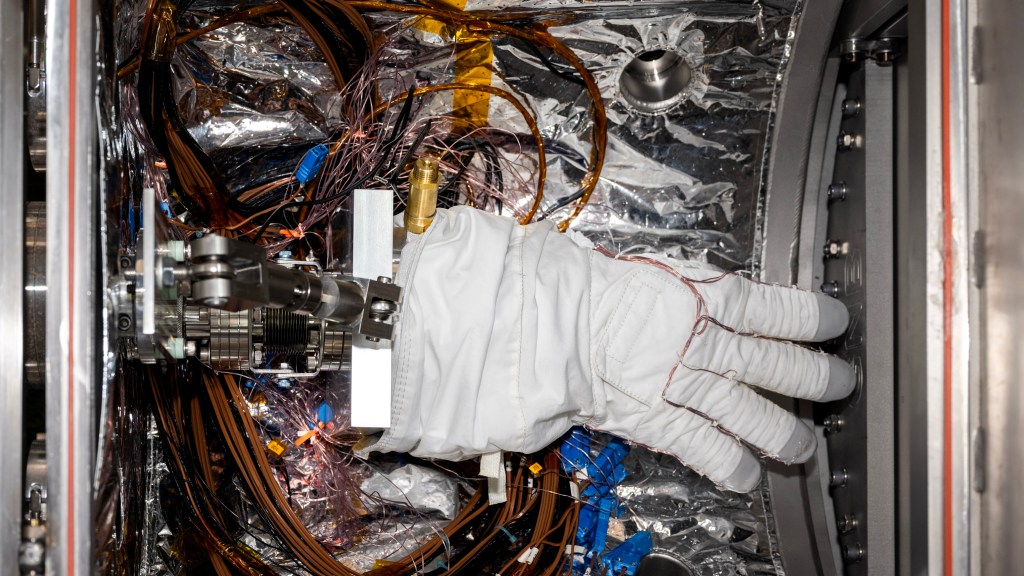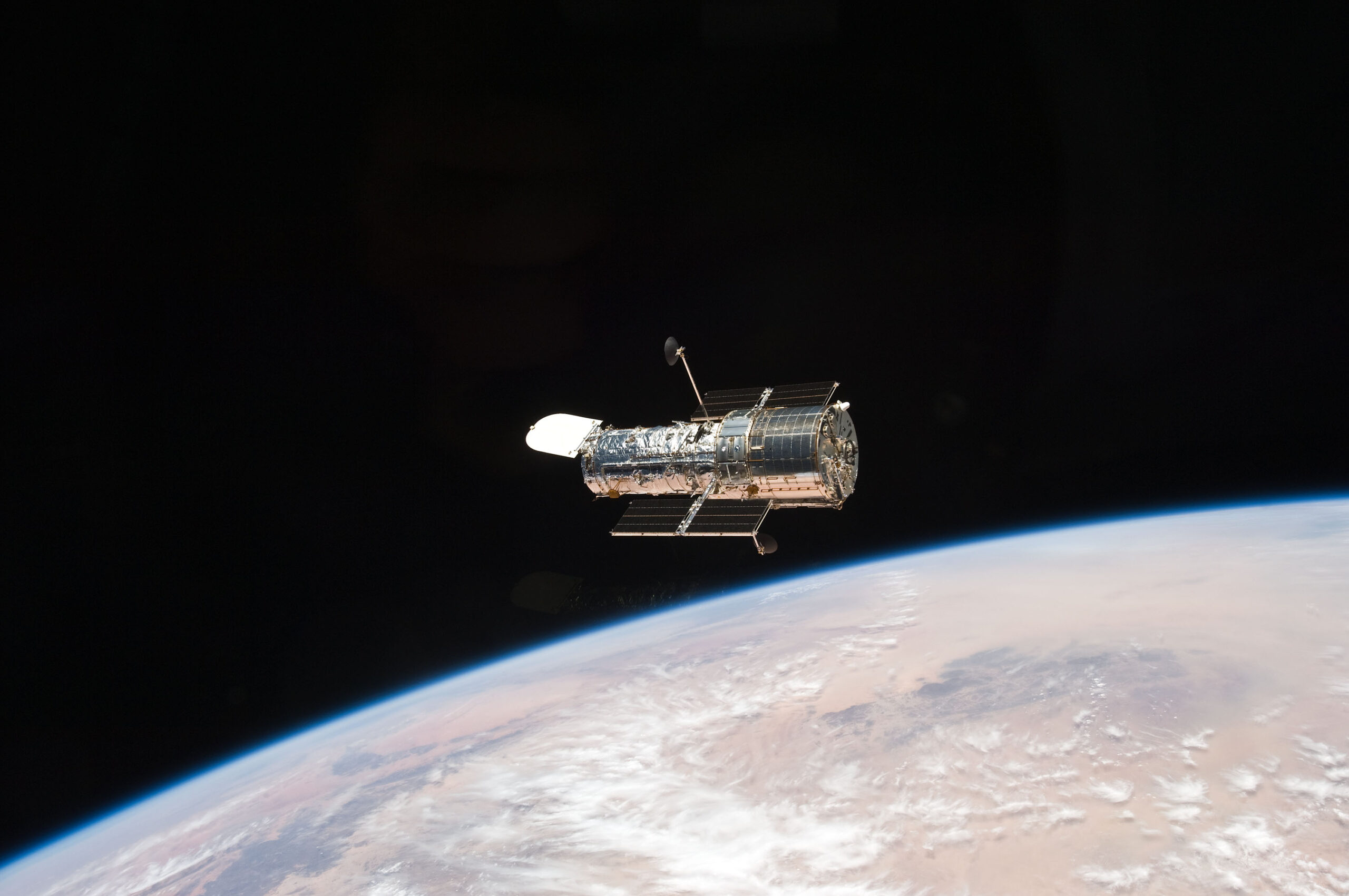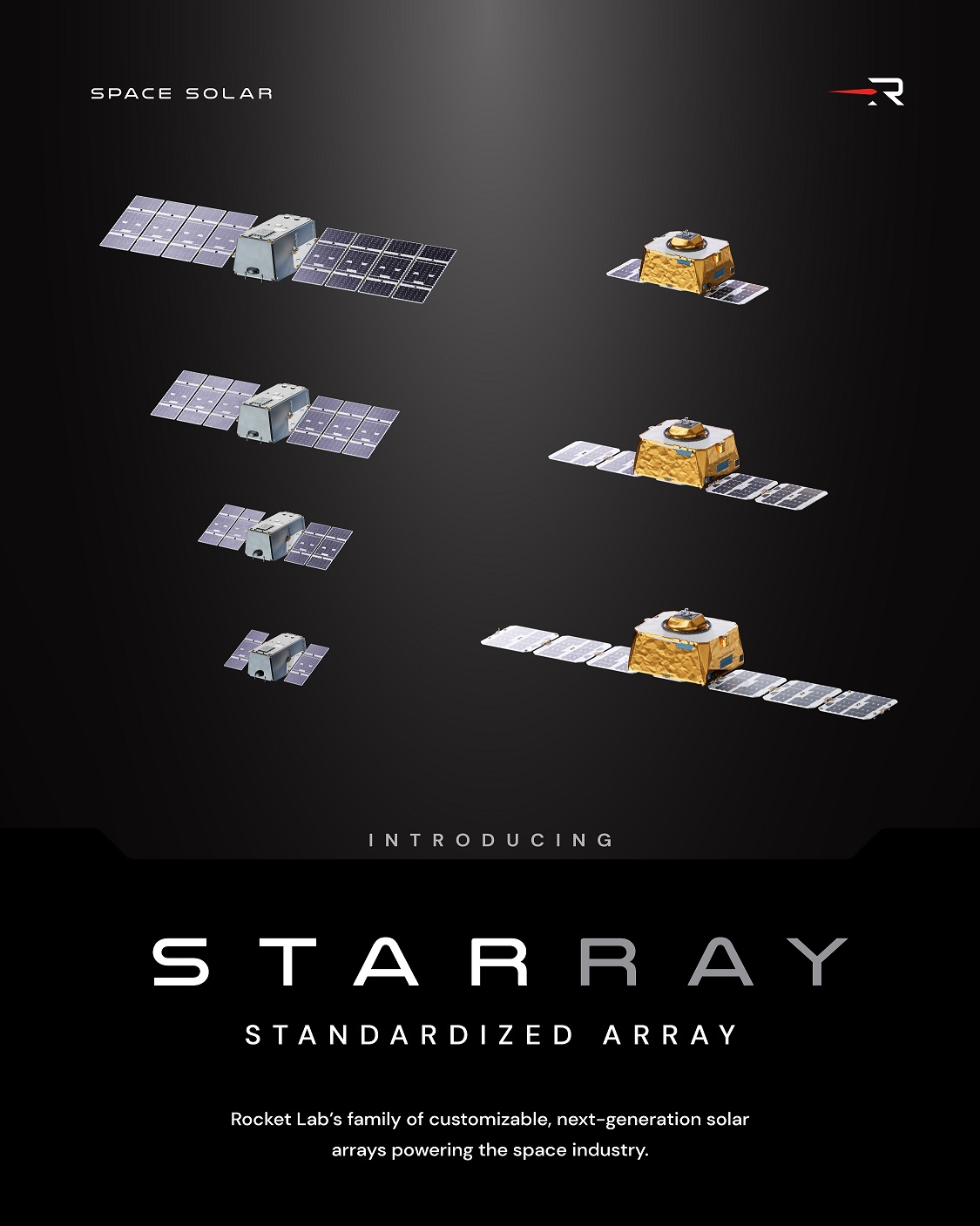The new moon occurs April 27, and a day later Venus and Saturn will make a close approach to each other (known as a conjunction) in the predawn sky. To make a new moon, you need to line up the sun, moon and Earth. From the earthbound observer’s viewpoint, the sun and moon are at the same celestial longitude, a projection of the Earth’s longitude lines on the sky. Most often the moon passes above or below the sun but at times it passes directly between the sun and Earth,…
Read MoreSpaceX Falcon 9 rocket launches 28 Starlink satellites, aces droneship booster landing (photos)
SpaceX continues its steady pace of Starlink launches, ever growing the company’s orbital internet constellation. A Falcon 9 rocket launched SpaceX‘s Starlink 6-74 mission Thursday night, April 24, out of Florida’s Space Coast. Liftoff occurred at 9:52 p.m. ET (0152 GMT, April 25) from Launch Complex-40 (LC-40) at Cape Canaveral Space Force Station. Stacked 28-tall inside the Falcon 9 fairing, the newest additions to SpaceX’s Starlink megaconstellation headed toward low Earth orbit (LEO), powered by the Falcon 9’s nine first-stage Merlin engines. A closeup shot of the Falcon 9’s first-stage…
Read MoreNASA Tracks Snowmelt to Improve Water Management
3 min read Preparations for Next Moonwalk Simulations Underway (and Underwater) The C-20A aircraft, based at NASA’s Armstrong Flight Research Center in Edwards, California, flies over the Sierra Nevada Mountains in California for the Dense UAVSAR Snow Time (DUST) mission on Feb. 28, 2025. The DUST mission collected airborne data about snow water to help improve water management and reservoir systems on the ground. NASA/Starr Ginn As part of a science mission tracking one of Earth’s most precious resources – water – NASA’s C-20A aircraft conducted a series of seven…
Read MoreNASA Marshall Fires Up Hybrid Rocket Motor to Prep for Moon Landings
4 Min Read NASA Marshall Fires Up Hybrid Rocket Motor to Prep for Moon Landings NASA’s Artemis campaign will use human landing systems, provided by SpaceX and Blue Origin, to safely transport crew to and from the surface of the Moon, in preparation for future crewed missions to Mars. As the landers touch down and lift off from the Moon, rocket exhaust plumes will affect the top layer of lunar “soil,” called regolith, on the Moon. When the lander’s engines ignite to decelerate prior to touchdown, they could create craters…
Read MoreNew York Stock Exchange Welcomes NASA’s SPHEREx Team
The New York Stock Exchange welcomed team members from NASA’s SPHEREx (Spectro-Photometer for the History of the Universe, Epoch of Reionization and Ices Explorer) mission to celebrate the launch of the agency’s newest astrophysics observatory to understand the origins and structure of the universe. Image courtesy of NYSE Group Members of NASA’s recently launched SPHEREx (Spectro-Photometer for the History of the Universe, Epoch of Reionization and Ices Explorer) mission team participated in the New York Stock Exchange’s closing bell ceremony in New York City on April 22. Michael Thelen, SPHEREx…
Read MoreAll Hands for Artemis III
A NASA spacesuit glove designed for use during spacewalks on the International Space Station is prepared for thermal vacuum testing inside a one-of-a-kind chamber called CITADEL (Cryogenic Ice Testing, Acquisition Development, and Excavation Laboratory) at NASA’s Jet Propulsion Laboratory in Southern California on Nov. 1, 2023.
Read MoreNASA Tests Key Spacesuit Parts Inside This Icy Chamber
6 min read Preparations for Next Moonwalk Simulations Underway (and Underwater) An astronaut glove designed for International Space Station spacewalks is prepped for testing in a chamber called CITADEL at NASA JPL. Conducted at temperatures as frigid as those Artemis III astronauts will see on the lunar South Pole, the testing supports next-generation spacesuit development. NASA/JPL-Caltech Engineers with NASA Johnson and the NASA Engineering and Safety Center ready an astronaut glove for insertion into the main CITADEL chamber at JPL. The team tested the glove in vacuum at minus 352…
Read MoreHappy 35th birthday, Hubble Telescope! 10 times the iconic observatory blew astronomers’ minds (photos)
For 35 years, the Hubble Space Telescope has served as humanity’s tireless eye in the sky, capturing breathtaking views of the cosmos and transforming our understanding of the universe. The school-bus-sized observatory launched on April 24, 1990 and overcame early setbacks to become one of the most scientifically productive instruments in history. From its vantage point 320 miles (515 kilometers) above Earth, the telescope has sent home more than 1.6 million observations contributing to over 21,000 scientific papers. The Hubble Telescope‘s legacy lies not just in its iconic visuals, but…
Read MoreAging gracefully: The Hubble Telescope is in ‘excellent technical condition’ on its 35th birthday, its chief scientist says
The Hubble Space Telescope is celebrating its 35th anniversary in space today, but even as a senior citizen in the spacecraft population, it is showing no sign of slowing down. “Hubble is more scientifically productive now than ever before, which is kind of mind-blowing,” Jennifer Wiseman, the Senior Project Scientist for Hubble at NASA’s Goddard Space Flight Center, told Space.com. Launched in 1990 by NASA and operated jointly with the European Space Agency, the Hubble Space Telescope was a dream brought to reality. All of a sudden, scientists could harness…
Read MoreRocket Lab introduces line of customizable solar arrays for satellites
Rocket Lab is showing that’s about more than just rockets. The California-based company has introduced a family of customizable solar arrays, designed to fit the changing needs of customer satellites. Rocket Lab is offering the new Standardized Array, or STARRAY, line as an alternative to save first- or one-time satellite manufacturers the time of designing and testing their own solar arrays from ground, up. The line was introduced earlier this month, at the 40th Space Symposium in Colorado Springs, Colorado. “Customers can choose from a range of pre-engineered solar array…
Read More